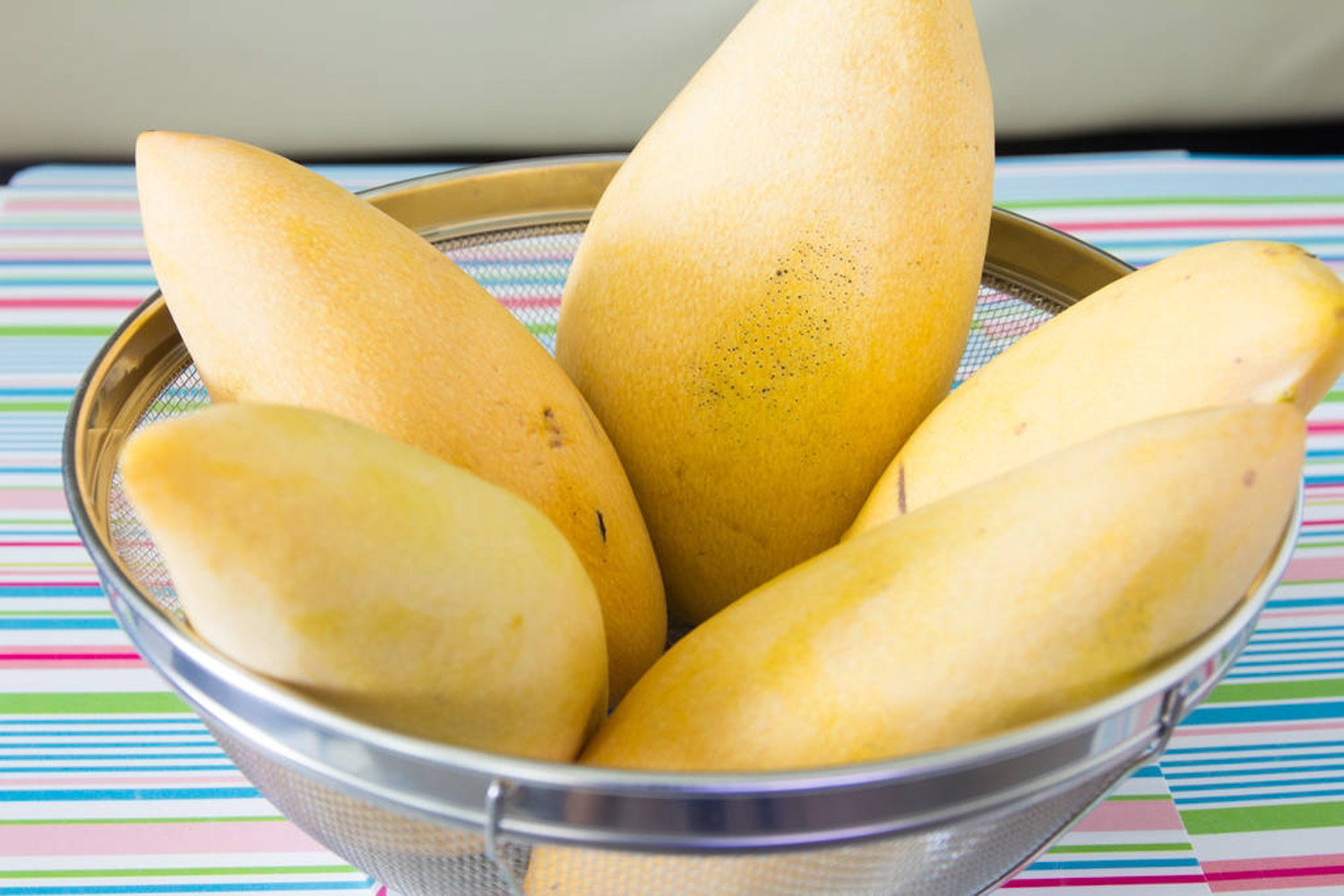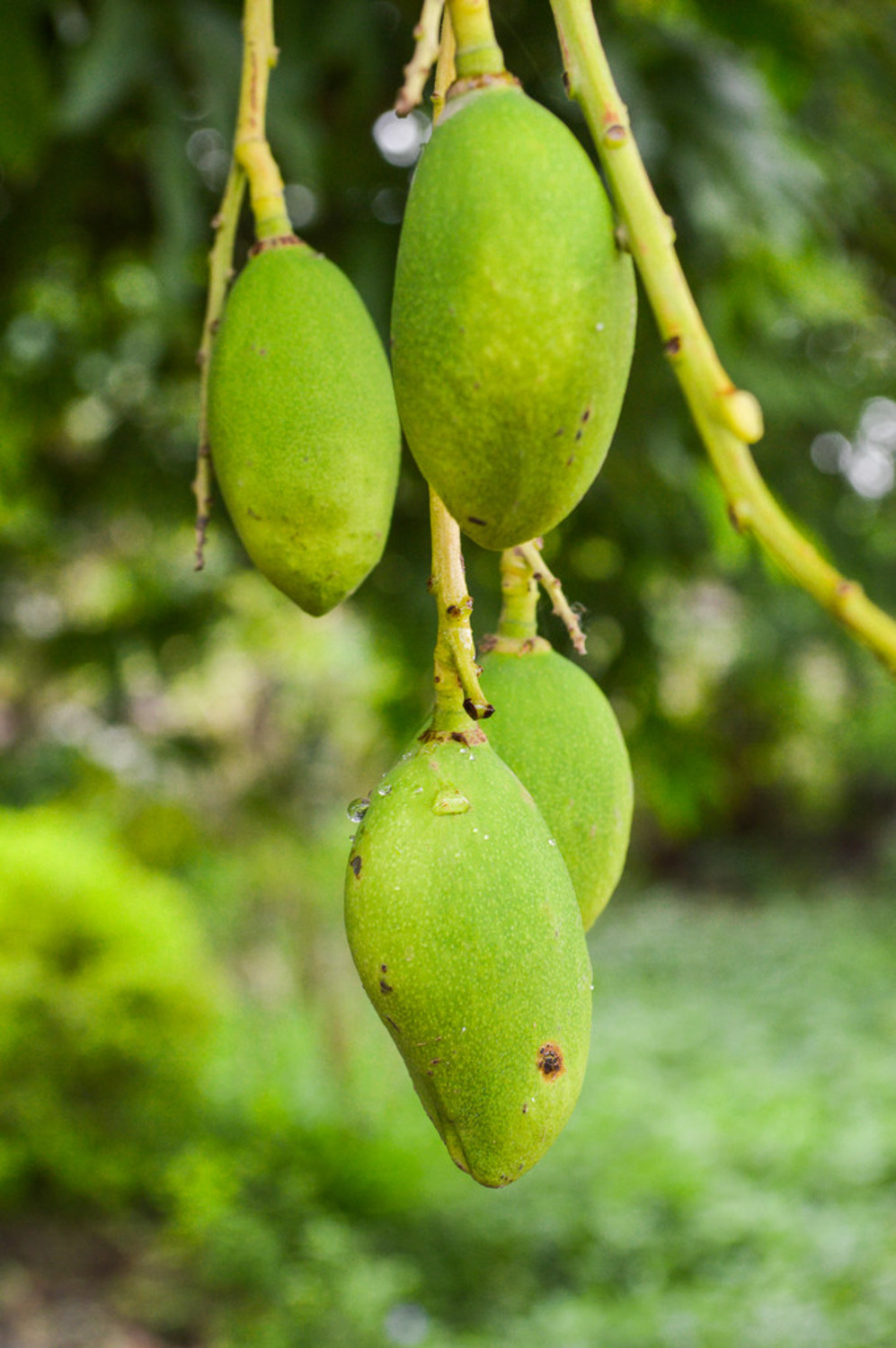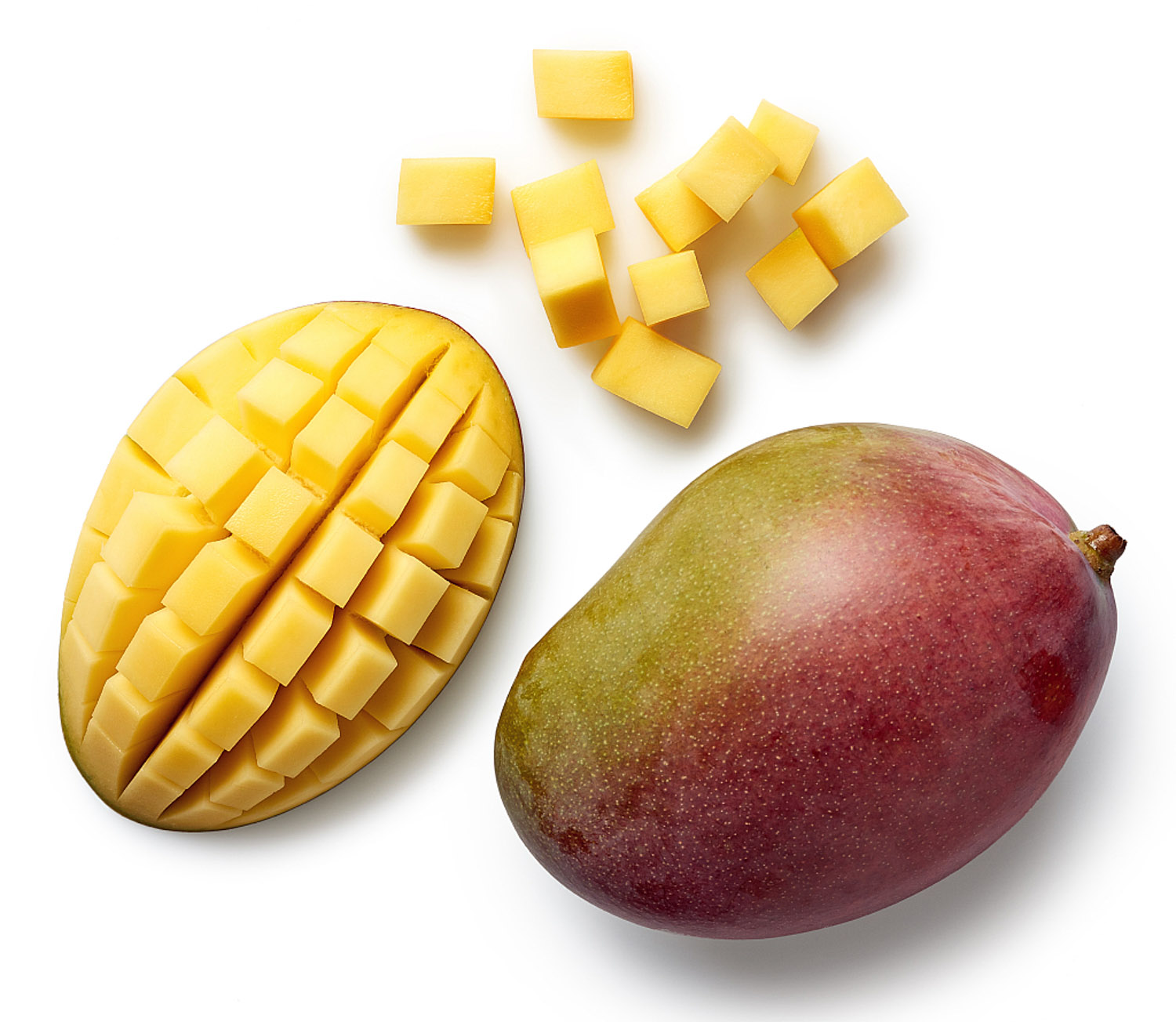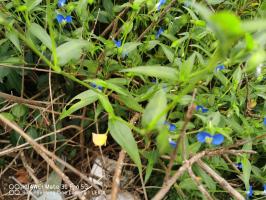1、 Breeding environment
1. Soil: basically, any soil can be planted, but it should be well drained, and alkaline soil is more conducive to its growth
2. Light: because it is a tropical plant, it requires high light. Sufficient light is beneficial to growth and fruiting, promote the germination and differentiation of leaf buds, flower buds and harvest
3. Watering: it doesn't like waterlogging, so watering is generally a little dry for maintenance, but sufficient water should be given in the growing season to meet its growth needs
4. Fertilization: apply thin fertilizer once or twice a month, and it will grow better. In the flowering season, we should reduce the use of nitrogen fertilizer and use phosphorus and potassium fertilizer instead, so that it will be full of flowers and fruits

2、 Breeding method
1. Grafting propagation: grafting is generally carried out in spring and autumn every year, because only grafted mango trees will bear fruit. Choose healthy mango tree rootstock, cut a cut obliquely, peel the Rootstock to expose the xylem, and then connect and match with the scion, and wrap it tightly
2. Sowing and reproduction: select a healthy mango, take out the fruit core, sow it in the slightly wet soil, keep the basin soil warm, and then it will germinate

3、 Pest control
Its pests are mainly the invasion of some red spiders, which affects the good growth of mango trees. After discovery, they can be caught manually


 how many times do yo...
how many times do yo... how many planted tre...
how many planted tre... how many pine trees ...
how many pine trees ... how many pecan trees...
how many pecan trees... how many plants comp...
how many plants comp... how many plants can ...
how many plants can ... how many plants and ...
how many plants and ... how many pepper plan...
how many pepper plan...





























